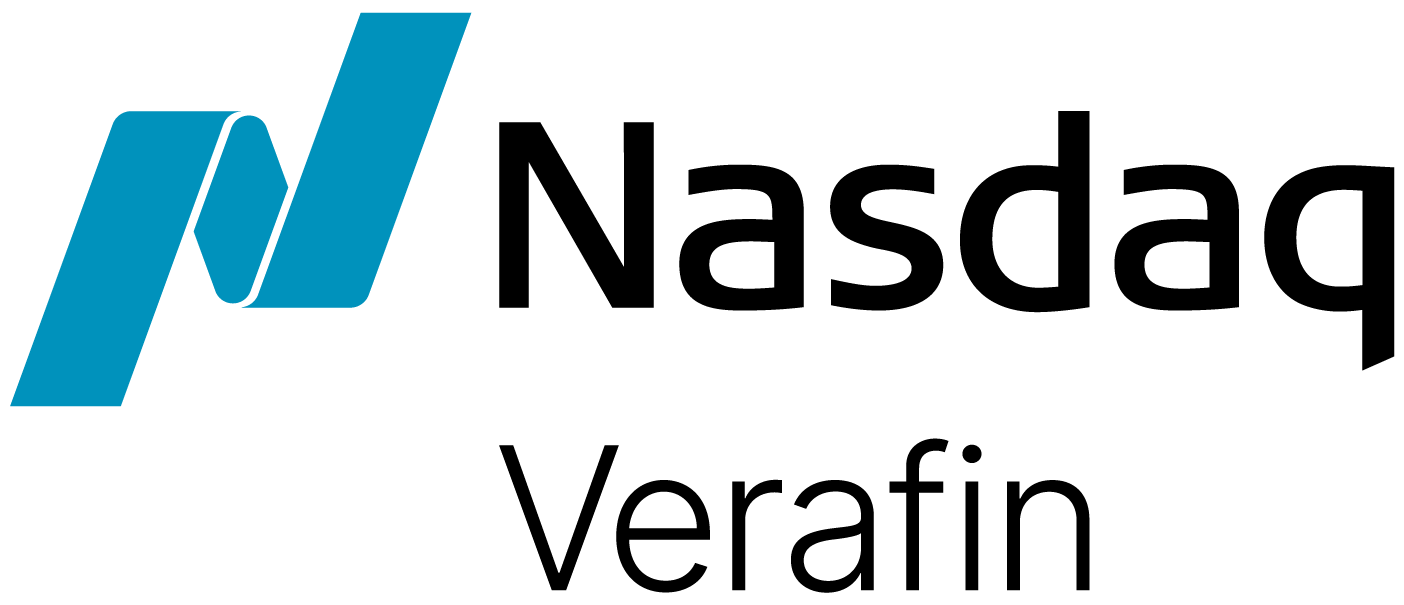Despite the meteoric rise of digital payments, check fraud remains a persistent and costly challenge for financial institutions. In 2023 alone, over $20 billion was lost to check fraud in the United States. To understand why this legacy threat continues to thrive — and how the industry can finally stay one step ahead of it — we sat down for a conversation with Colin Parsons, Vice President and Head of Fraud Product Strategy at Nasdaq Verafin.
Why Check Fraud Still Thrives
Q: Colin, what do you think makes check fraud such a persistent issue, even in today’s digital-first financial landscape?
Colin: Check fraud has remained a mainstay of criminal fraud tactics for hundreds of years. While check volumes are decreasing, checks are still widely used, and that legacy comes with certain vulnerabilities. Criminals have had centuries to refine their tactics. The challenge with checks compared to digital payments is that the network itself is unsecured as many checks end up in the mail. Additionally, many institutions still rely on fragmented and antiquated detection methods which create gaps in check fraud detection. These gaps give fraudsters room to operate — and the losses speak for themselves.
The Power of a Consortium Approach
Q: Why do you believe a holistic approach to detection — especially one that leverages consortium data — is the key to staying ahead of potential fraudsters?
Colin: It’s become clear that siloed detection strategies and point solutions are not adequate to stem this immense challenge. Fraudsters consistently exploit the disconnect that exists between institutions and across channels — overwhelming financial institutions with false positives and delays that create customer friction while losses mount. A consortium model like Nasdaq Verafin’s changes that. By enabling in-clearing analytics to leverage insights into deposit-side risk, we can assess risk across the entire check lifecycle without compromising customer privacy. It’s a unified front that’s both secure and effective.
Real-Time Analysis & Machine Learning: A Game Changer
Q: How do real-time analysis and machine learning factor into this approach? What makes them effective in detecting fraud early?
Colin: Real-time analysis at deposit means institutions can act immediately, stopping fraud before it enters the account while also delivering rapid inputs to a consortium approach. That’s essential in a day and age where innovation is crucial to fight fraud, but customers also expect to access their funds quickly. Machine learning models trained on billions of data points also allow us to detect suspicious activity with precision and accuracy — right at the point of deposit, and during the in-clearing phase. These models adapt as fraud evolves, which is critical, and scrutinize checks at a level far beyond human capabilities. For in-clearing checks, this means considering counterparty insights and behavioral and image analysis for superior detection and prevention. We’ve seen some institutions achieve a 30% reduction in false positives and a 25% increase in prevented losses with this approach in mere days.
Lessons for Broader Financial Crime Prevention
Q: What lessons from check fraud prevention do you think could apply to other areas of financial crime prevention?
Colin: Collaboration is key. Whether it’s wire transfers or emerging payment methods, fraudsters look for opportunities to exploit disparate and siloed approaches. A consortium model strengthens detection and prevention dramatically and helps protect the integrity of the entire financial ecosystem. And agility — the ability to adapt quickly — is just as important. On the check side, machine learning gives us that edge. When you incorporate behavioral patterns, along with our image analysis strategy with hundreds of image-based features in its risk model? That provides real impact, and we’re all very excited about it.
Industry Feedback & Results
Q: What kind of feedback have you received from institutions using this approach? Are there any results or reactions that have stood out to you?
Colin: The feedback has been overwhelmingly positive. Institutions appreciate the reduction in false positive alerts and the ability to be agile and act immediately. They’re also seeing meaningful advances in fraud caught. One standout example is Pinnacle Financial Partners — they saw a 30% drop in false positives in just one month, while increasing prevented losses by 25%. Southern First Bank stopped $50K in check fraud in a single quarter. These aren’t just metrics; they’re real-world impacts. And we’re quite proud of them here.
Resolving the Threat of Check Fraud
Check fraud may be one of the oldest threats in the industry, but with consortium analytics, machine learning and real-time detection, the industry is finally equipped to fight back. As Colin so aptly put it, “It’s time to stop reacting and start resolving.”
Read more from Colin Parsons on consortium analytics and machine learning.
About the Expert:
COLIN PARSONS
Vice President — Head of Fraud Product Strategy at Nasdaq Verafin
Colin Parsons spearheads the strategic development of technology solutions to combat fraud at Nasdaq Verafin. Throughout his time with the company, Colin has worked as a development team lead, software developer and in product marketing. Applying the knowledge gained through his roles and experiences, Colin is focused on using technology to solve the hard problems that are persistent within the fraud space.



